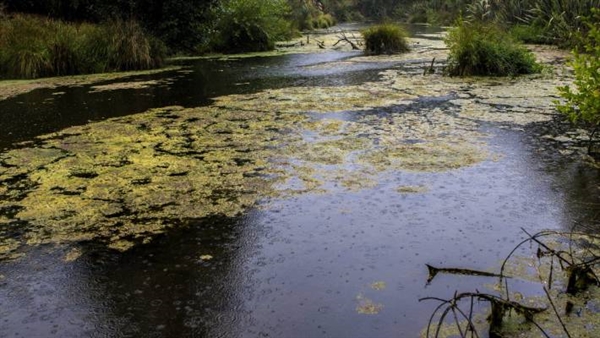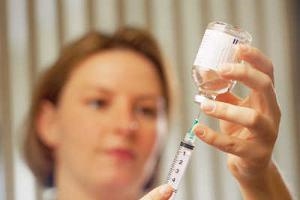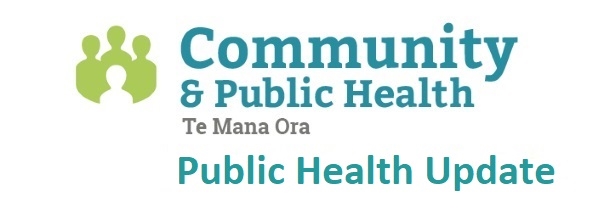February 2023
Suspected measles: notification and testing

The recent Australian measles case with in-flight contacts who travelled on to New Zealand has highlighted our ongoing risk of measles importation.
Prompt notification and correct diagnostic testing of suspected measles cases allows Te Mana Ora staff to act quickly to prevent any further spread.
A nasopharyngeal or throat swab in viral transport media for measles PCR has the highest yield in the seven days after rash appearance, and should be labelled “suspected measles” and sent, with clinical and immunisation history, to Canterbury Health Laboratories via the Canterbury SCL courier.
Further information is available on Community HealthPathways, or from Canterbury Health Laboratories Virology/Serology ph 03 364 0416.
Cyanobacterial poisoning

Cyanobacteria warnings are now in place for a number of recreational water sites in Canterbury and South Canterbury.
Key points from the helpful BPAC article on cyanotoxin poisoning are:
- Cyanobacterial blooms are most common in lowland lakes, rivers and streams during summer and early autumn when warmth and low rainfall facilitate growth. Some blooms produce toxins that can cause adverse gastrointestinal, respiratory or dermatological effects, e.g. rash, cough, sore throat, headache, nausea, vomiting, diarrhoea.
- There is no test available to confirm cyanotoxin poisoning; diagnosis is based on clinical symptoms and signs in association with a history of exposure (e.g. swimming or boating on a river or lake with a current toxic cyanobacterial bloom) and exclusion of other causes
- There are no antidotes to cyanotoxins; treatment is supportive and based on the type and severity of symptoms
- All cases of suspected cyanotoxin poisoning must be notified to the local Medical Officer of Health, which can be done using the Hazardous Substances Disease and Injury Reporting Tool available via Medtech, MyPractice and Profile Patient Management Systems. If your practice does not have access to the tool, contact Te Mana Ora | CPH directly.
Immunisation coverage

Pertussis epidemics can be expected every few years in New Zealand due to waning population immunity, and our last epidemic was in 2017-18. Pertussis is most often severe in infants in the first few months of life, and the key prevention measures for severe disease are immunisation of pregnant women and on-time immunisation of infants.
For measles, on the other hand, high population immunity is the key to prevention, with immunisation coverage of >90% required to maintain measles elimination.
Immunisation coverage rates in our region have reduced since the start of the COVID-19 pandemic, and in Canterbury and South Canterbury they are substantially lower for Māori than for non-Māori. For historical reasons, young adults and adolescents (ages 15–30 years) may also be under-immunised against measles.
Immunisation is a key public health tool that is administered by community healthcare professionals. Thank you for your ongoing work in preventing morbidity and mortality from these two potentially life-threatening diseases.
Sparklers

Sparklers is an evidence-based online resource developed by Te Mana Ora for supporting the wellbeing of children and young people. It is currently used in over 80% of schools across Aotearoa. While schools are the primary focus, Sparklers resources are fun and easy to use and the parenting pages provide valuable ideas and activities focused on managing emotions and growing wellbeing.
|





